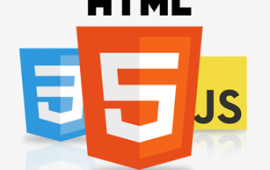Mobile App Development - Complete Approach
Mobile App Development
In my previous 2 articles, I provided an overview of both mobile websites and native mobile apps, as well as discussing the benefits and drawbacks of each. These are the two main pieces of a mobile strategy and understanding them individually is crucial to crafting an effective mobile app development plan. But, knowing how and when to combine these technologies is what sets the top mobile players apart. This article’s aim is to help guide your mobile app development approach. I will provide examples of when certain technologies are effective, required, or even discouraged and will also discuss the ultimate ideal of a complete mobile app development plan.
The Foundation of Mobile App Development - Mobile Websites
The majority of web browsing today takes place on mobile devices. Moreover, the number of mobile devices and mobile users is continuing to grow. Since most, or nearly all, desktop websites are frustrating and sub-optimal for mobile users, you need a mobile website to accommodate and acquire these mobile browsers, users, and customers.
When are mobile websites needed?
If your website is customer facing (meaning it is used by people who do not work at your company), and does not perform a task that is impossible on a mobile device, you probably fall into this category. To emphasize this point, you can look at your Google Analytics reports (which, hopefully you have setup or have something similar in place). In case you do not have yours handy, here is our website’s device overview for the past year:
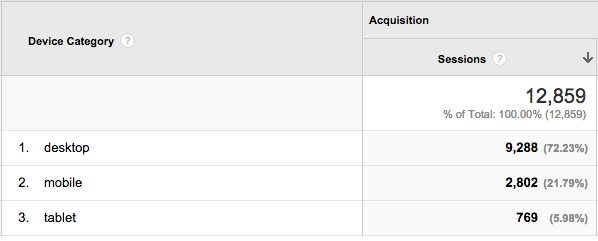
As you can see, almost 30% of our sessions occur on mobile devices. If your website is inoperable or frustrating when used on a mobile device, you are almost certainly missing out on a sizable number of potential customers.
When are mobile websites nice to have?
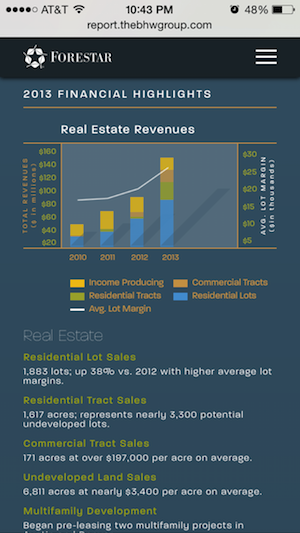
If your website is only used by people who work at your company, such as an internal customer management system, or offers a service that is too complicated to fully function on a smaller device, such as a day trading service, you might fall into this category. It might seem like this would put you into the “not necessary” category, but that is likely not entirely true. Often these sorts of sites could benefit from a stripped down or feature specific version that can function well on mobile. Imagine a scenario where on a full desktop web app, you can enter information about a new customer, create a sale, process payment, and fulfill an order. This might be too difficult or time consuming to do on a phone or tablet. But, if this website provided a read-only view of this order, or sales reports in a mobile friendly format, that could be hugely beneficial to users and managers.
If someone is just making a mobile app, they might think that they would fall into the “not necessary” group. But this is not always true. Consider these apps that do not have any non-native app services, but still have mobile websites:
These apps have really simple single-page sites that describe their apps and provide download links in various app marketplaces. Simple, cheap, and effective.
When are mobile websites not necessary?
Some companies that just want to have a mobile app, might not need a mobile website. Here are some very successful apps that do not have (or at least do not appear to have) a mobile website:

- Temple Run
- Flappy Bird
- Various Emoji apps
There are a few other websites that fall into this category:
- Websites that are only accessible when in a certain physical location.
- Websites that require a significant amount of data entry and simply require a keyboard.
The Refinement of Mobile App Development -
Native Apps
Unlike mobile websites, which offer the same or similar features as a full website, native mobile apps allow you to engage users more intimately and utilize additional information coming from the device and other apps. Because of this, for most companies these apps should be an extension of their offerings.
When are native apps needed?
It would be wrong to argue that every company needs a mobile app. In fact, I would argue that few truthfully NEED a native mobile app. The main exception are the whole host of companies whose main product is apps. This includes companies like King or Zynga.
The other large group of companies that fall into this category are those with users who expect a native app. So, given that Facebook and Twitter have highly used native apps, any new social network should create an app as well.
When are native apps nice to have?
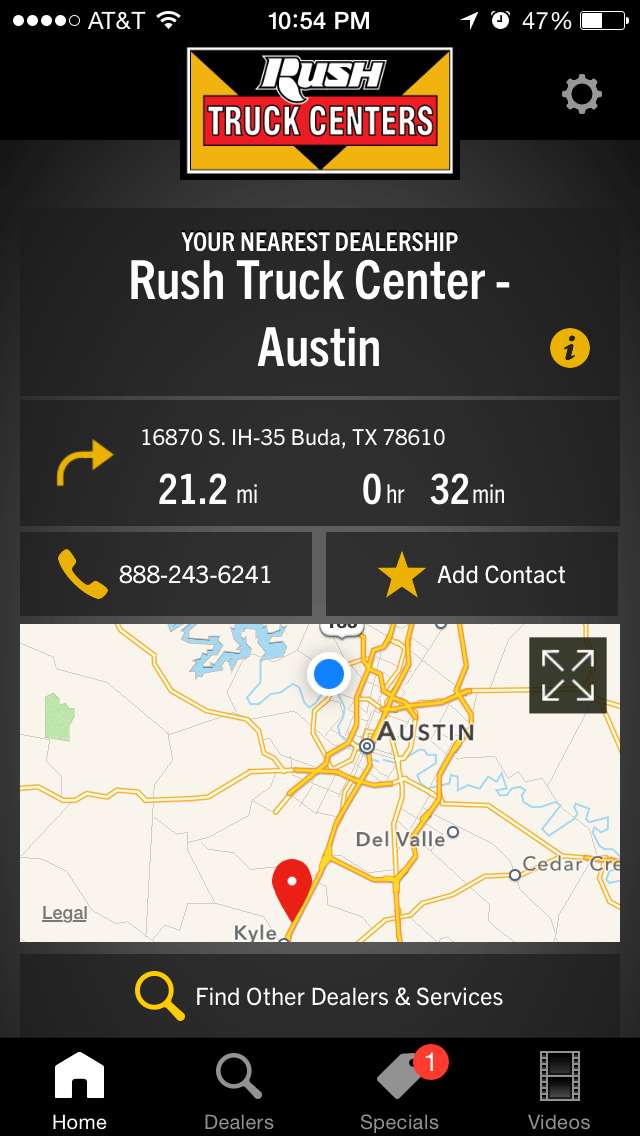
This is probably the category that most companies fall into. There are so many scenarios where interacting with users in an app-like manner is incredibly beneficial. Being on users' devices increases your brand awareness, allows you to offer deals based on user information gathered from the device itself (such as location data), and grants you the chance to alert customers in a more effective and immediate form than email.
The important thing to keep in mind here is that you do not have to simply create an app that does exactly what your website or mobile website already does. Think of these apps as extending or refining your offering, rather than simply replicating it. Maybe eventually your mobile app will be as fully-featured as your mobile website, but you definitely do not have to start there.
When are native apps not necessary?
It is important not to create a native app, just for the sake of having one. If you cannot offer your users something from an app that you can't through a mobile website and your users do not expect an app from you, maybe you do not need one at this time. But, I would encourage you to think hard and be creative before resigning yourself to this category.
For example, think about a company that has a fixed or close to fixed cost, regardless of how many customers they have at a time. This would be companies like a movie theaters, amusement parks, oil and tune-up shops, or other similar service companies.
Take the theater for example. If one person purchases a ticket, they have to play the movie. Every empty seat is lost revenue. Any additional patron would not cost them more. So, offering a discount to fill an additional seat is a net-gain, especially once snack and drink purchases are considered. The issue is that a theater only knows it will have excess space close to the start of the film. Traditionally, customers could not be reached in a timely and effective manner to fill these seats. But, if these potential movie-goers have the theater's app installed, the app can know what type of movies the user likes and where the user is currently located. The app can intelligently trigger discount offers based on this information and a few extra tickets can be sold. This one feature can quickly pay for itself. This is obviously a specific case, but the important thing to remember is that you should be creative with your mobile app offering and try to utilize information gained by being native. But at the end of the day, if there is not something there, there is no need to force it.
Mobile App Development - A Complete Approach
The final piece of a cohesive mobile app development approach is continuity between your mobile website, native app, and desktop website. This can include sharing an account (shopping cart, preferences, shipping info) between a website and an app. This is done by many retail companies, such as the clothing website JackThreads.
It can also mean providing an experience tailored to each device that together create a complete experience. Myfitnesspal does an excellent job of this. It allows users to enter dietary, exercise, goal, and progress information through their native app. But the experience is topped-off by occasional emails containing healthy recipes or exercise routines, a website with a blog containing tips, message boards where users with similar goals can interact, and even some social network aspects that can motivate users to success and continued engagement. Some of these functions work best or only work when interacting through a specific interface, the crux of which is their native mobile app. But they have surrounded this app with various components to create a complete mobile app development approach.
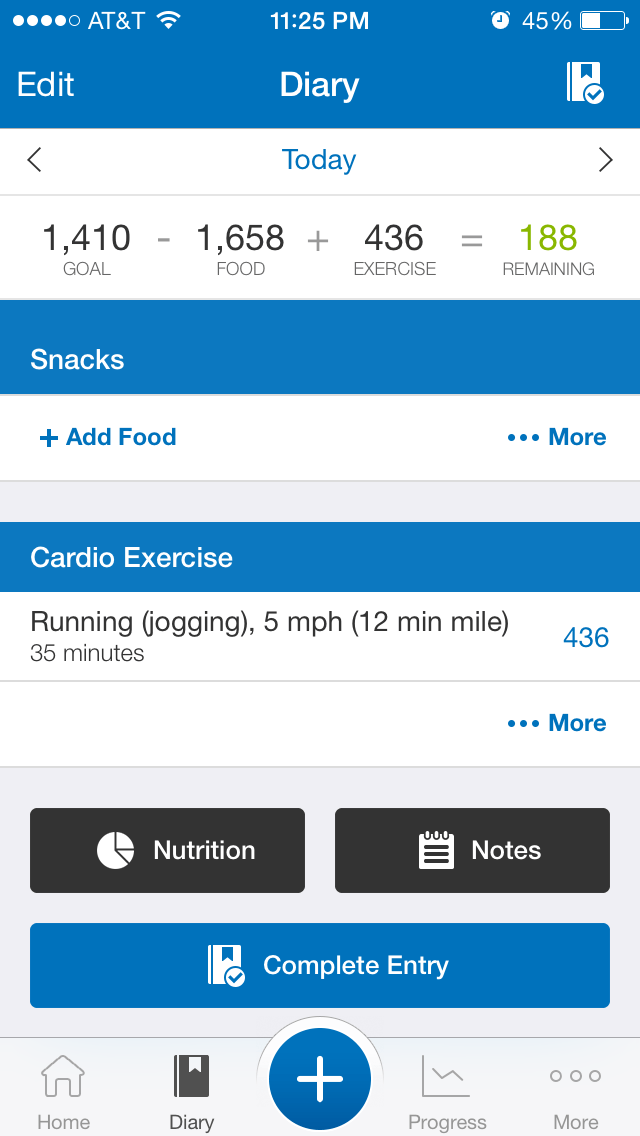
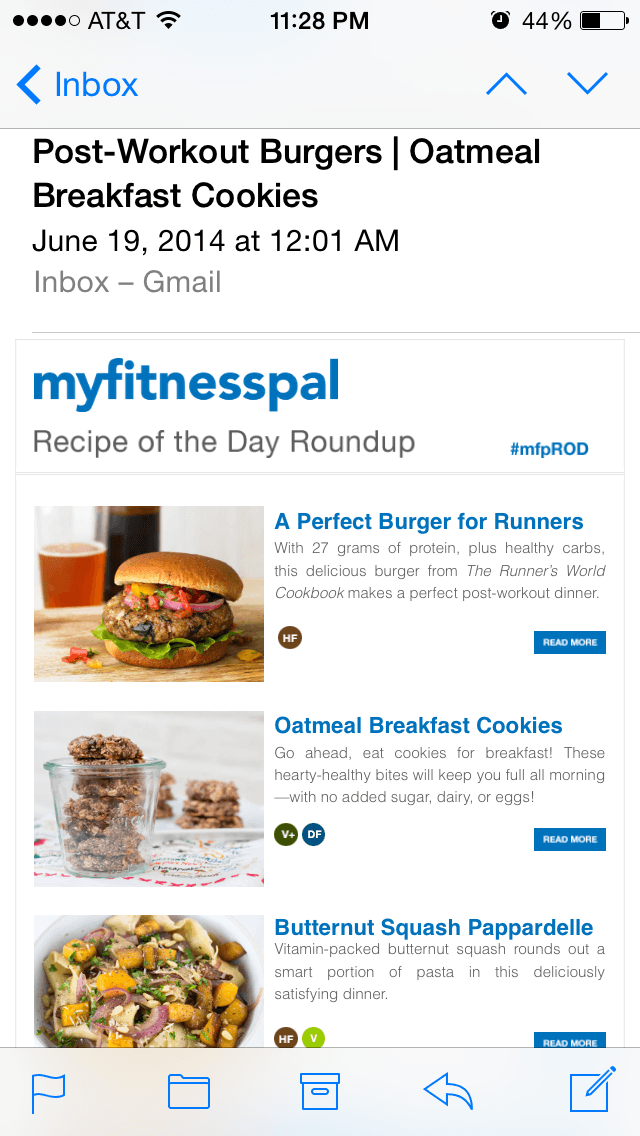
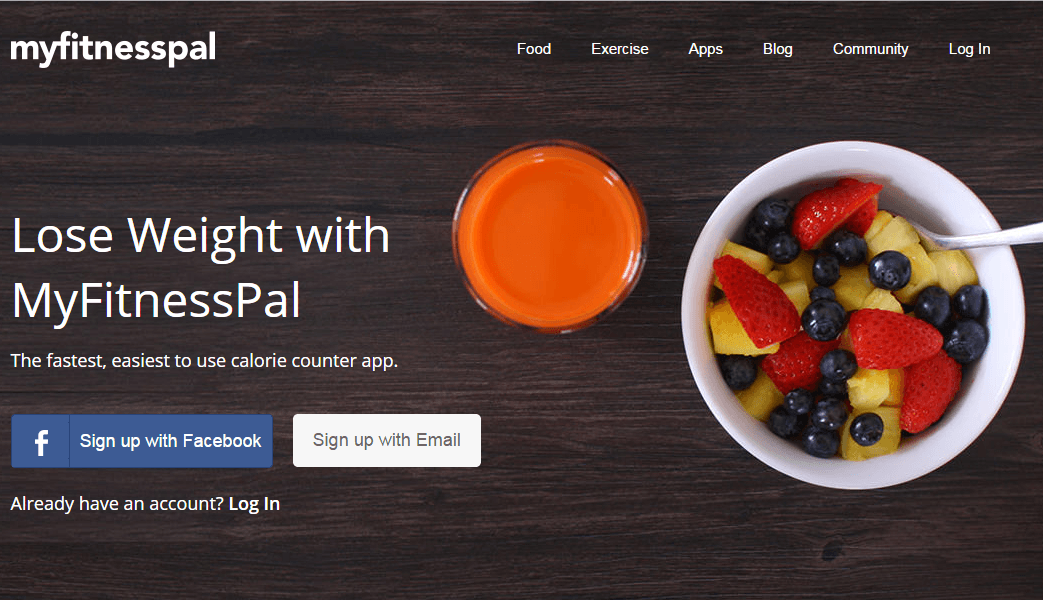
Mobile App Development - Conclusion
Many articles on the topic of mobile app development, as well as companies that provide mobile app development services, will try to convince all readers or clients that there is always a single answer. They might say that “a native mobile app is all you need”, “going native mobile is a waste of time”, or even “you HAVE to always have both.” This is simply not the case and is often a self serving argument. We believe and hope this series has presented a sound argument that, like in most things, there is not a one-size-fits-all approach to mobile app development.
I hope that this series has helped guide readers through the new and exciting space of mobile app development. If you have any comments, questions, or feedback about this series or would like to talk to us about helping your company with some mobile app development, we would love to hear from you.


